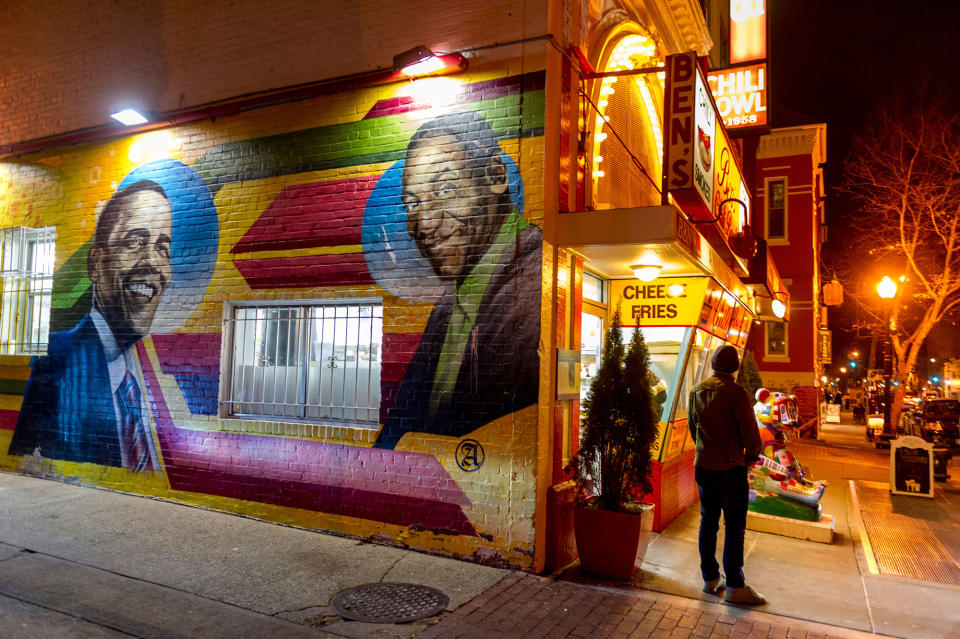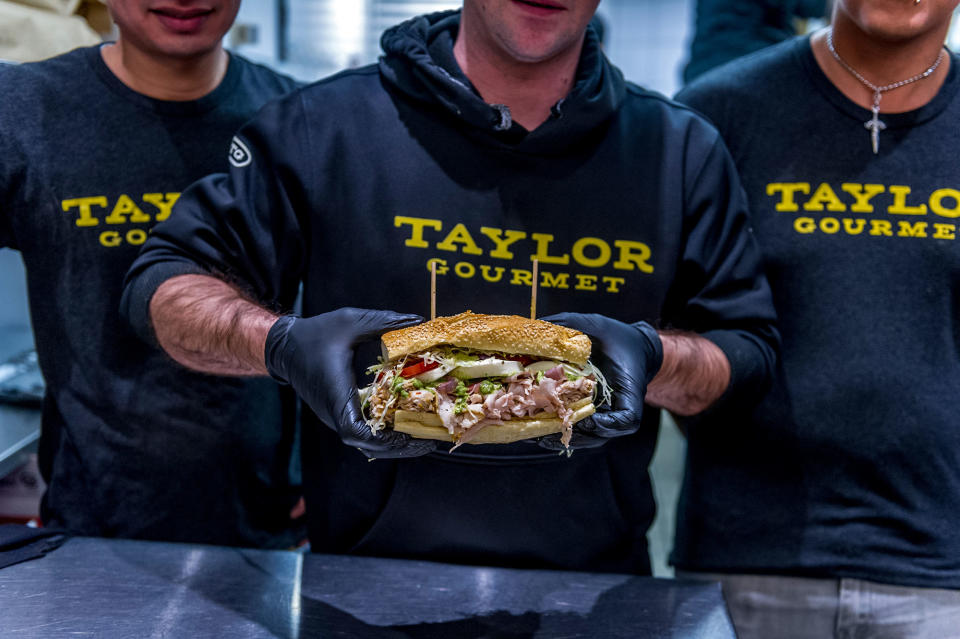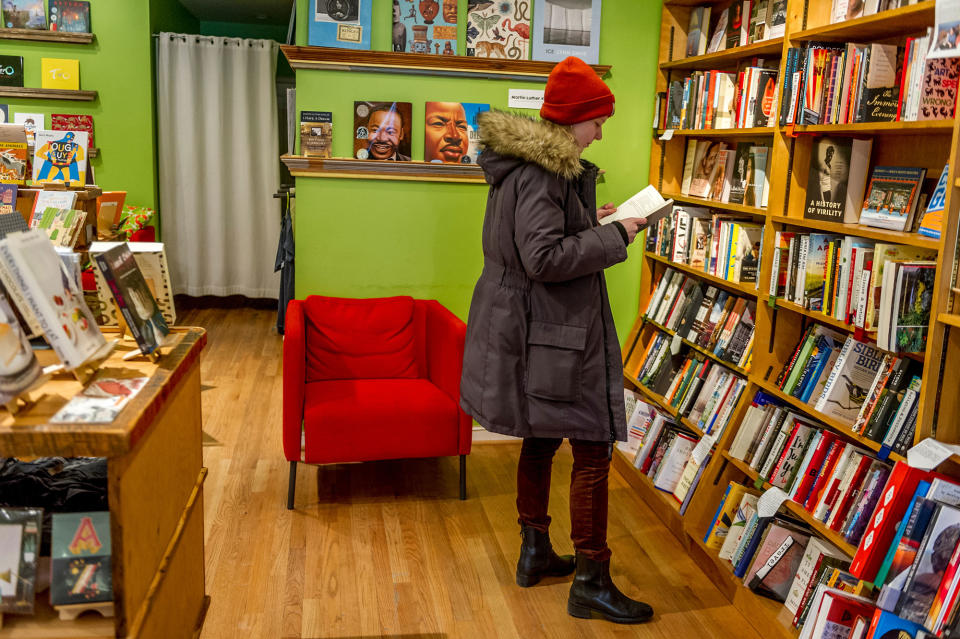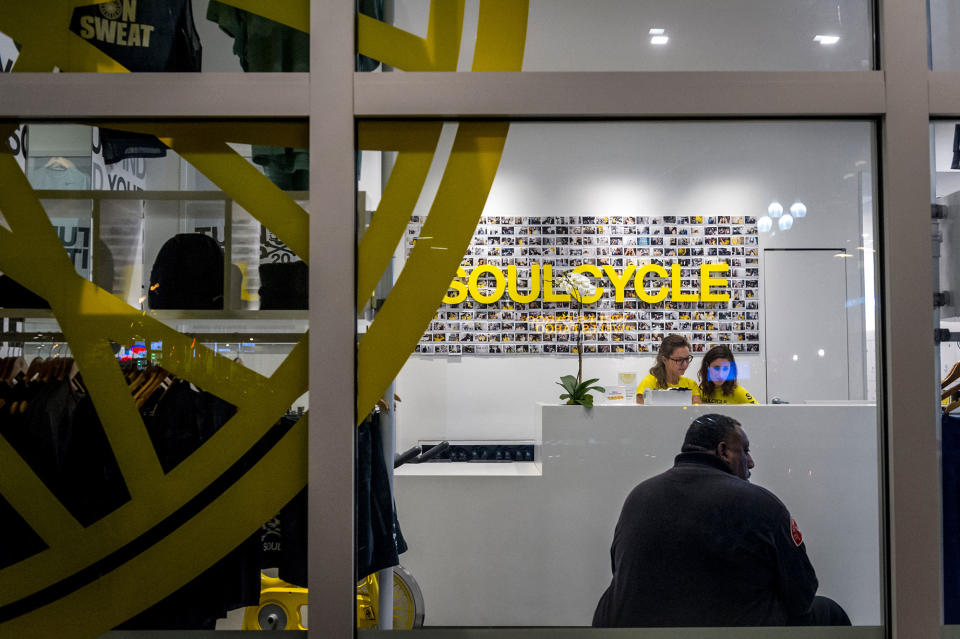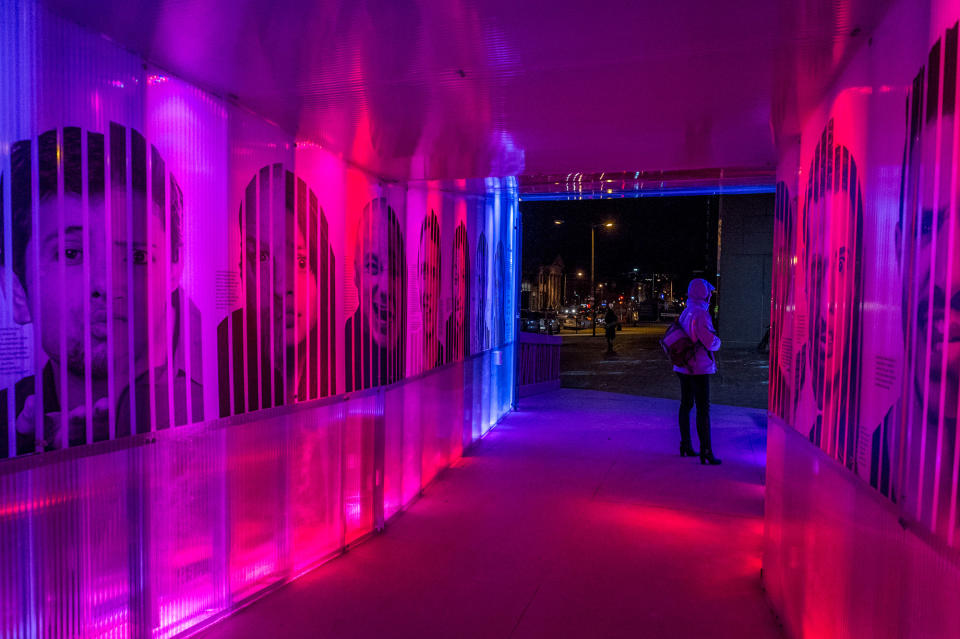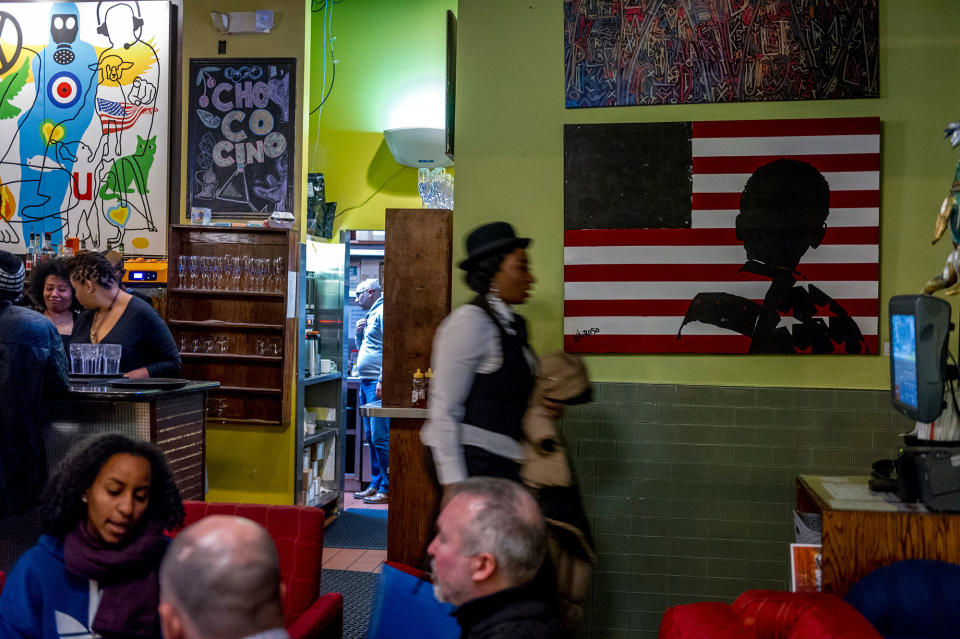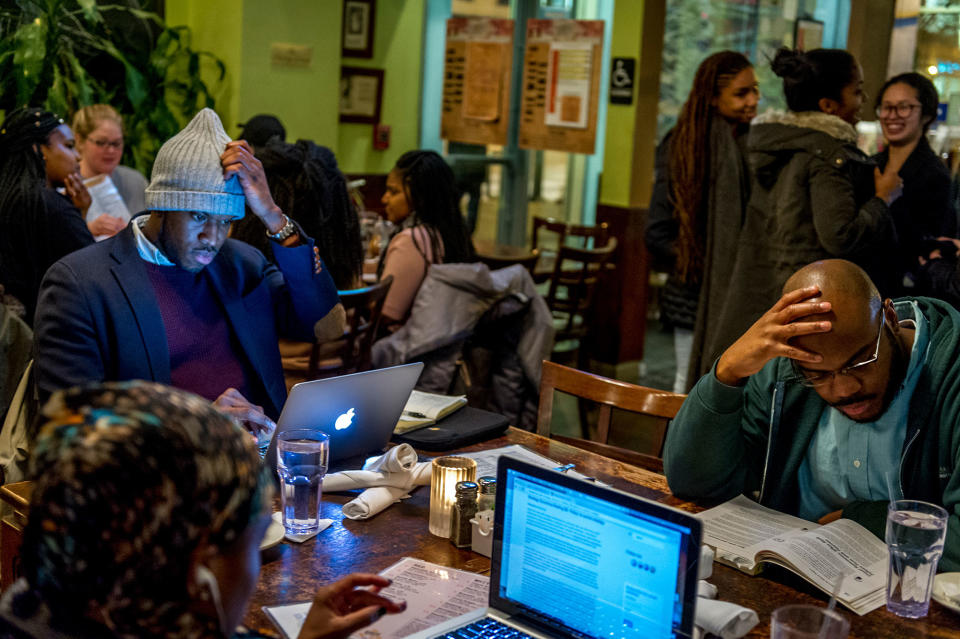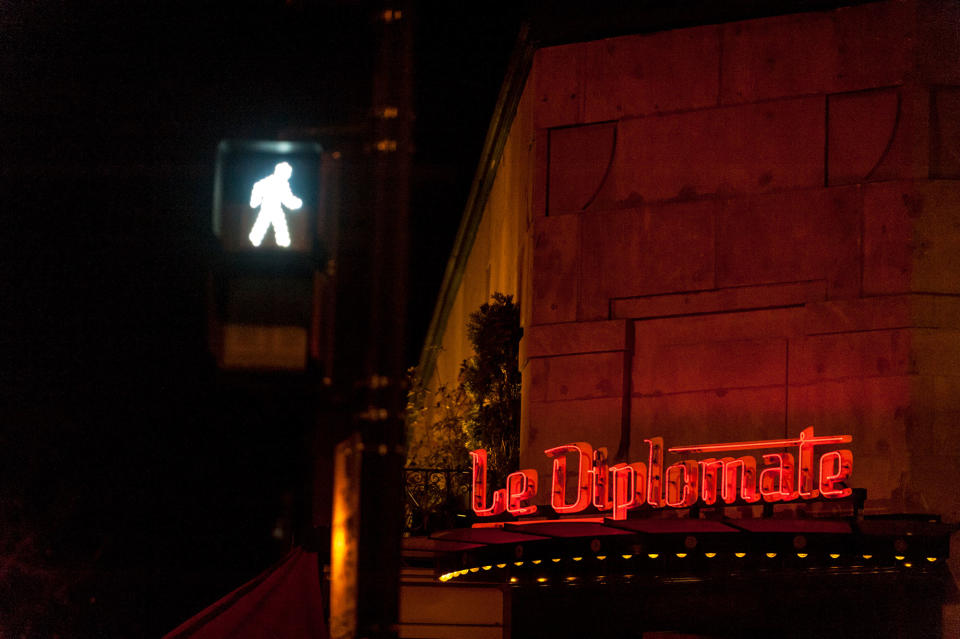Obama’s Washington
WASHINGTON, D.C. — I moved to Washington in the weekend of the Promise Keeper’s March in October of 1997. A very nice man who was in town for the march saw me and a friend struggling to move a mattress up the stairs into a Dupont Circle apartment building, and volunteered on the spot to help us lug it up three flights of stairs to the room I was renting for $425 in a unit shared with two other recent college grads.
It was a different city then: less expensive, poorer, more crime-ridden, and — critically — much, much smaller. Indeed by 1998, the city would reach its post-World War II population nadir. The metropolis that took its name from America’s first president and which flies the pattern from his ancestral coat of arms as its city flag had swollen to nearly 900,000 by the end of World War II, before heading into half a century of decline. The decommissioning of the war machine, white flight following integration, the lure of the suburbs, and the fallout from the 1968 riots shrank the population sharply. The drug and crime epidemics of the ’70s, ’80s, and ’90s — first heroin, and then crack cocaine — would go on to drive even more people out of town, until by 1998 the population bottomed out at just 565,320 residents.
Over the next decade, the city began to recover — in part thanks to a tax credit for new homebuyers in the District, passed into law as part of a Clinton-signed tax reform package, and in part as a result of the broader movement of people back into America’s urban cores that characterized the start of the new century and saw cities around the nation begin to undergo a renaissance. But even as property values soared during the George W. Bush administration and formerly substandard buildings and vacant lots were transformed into luxury condominiums in close-in neighborhoods, the population of the city barely ticked up. It had risen to 580,236 by 2008.
Then came the Obama years. The night he was elected, the city — which gave him 93 percent of its votes — exploded in jubilation. People hung out of the cars, shouting and waving flags. Crowds spontaneously thronged the streets and the park outside the White House, smiling broadly and singing patriotic tunes. But the center of the celebration was the intersection of 14th and U Streets, a corner where young hipster Washington, historic African-American Washington, and the city’s large Ethiopian immigrant community came together to celebrate the election of someone each community considered of its own. People danced in the streets, played music, cheered and shouted, and even rocked out on top of a bus shelter. Area residents fell asleep to the sound of drums.
Over the next eight years, Washington D.C.’s population took off like a rocket, until by the end of 2016 it had added more than 100,000 residents. Many of them were white, and younger. The city stopped being majority African-American, and the pace of its gentrification and renovation intensified.
Washington emerged as an island of opportunity after the national economy ground to a halt in the wake of the 2008 financial crisis, thanks to the bank bailout and stimulus bills that sought to push money out to institutions and communities across the country but which were inevitably administered at first in the metropolitan area. That stability during rocky times has at times put the city out of touch with what was happening elsewhere in the country but also helped it avoid becoming a kind of Detroit in miniature, as some had feared was the city’s sad, inevitable future.
That history of population change means that today’s Washington is substantially something that was created on Obama’s watch. It is a vibrant mixture of old and new: diverse, cosmopolitan, and more stylish than it has ever been. And as in 2008, it is overwhelmingly Democratic. Donald Trump won just over 12,000 votes in D.C. this past fall — fewer votes even than Mitt Romney, John McCain, or George W. Bush earned in the smaller Districts of the past.
Even as Trump today takes the White House, the city whose political center he will occupy remains something in many ways — literal and figurative — built under his predecessor. For the time being, it is still Obama’s Washington.
Photography by Mary F. Calvert for Yahoo News
____
Read more of our inauguration coverage on Yahoo News.
See more news-related photo galleries and follow us on Yahoo News Photo Tumblr.

 Yahoo News
Yahoo News 
